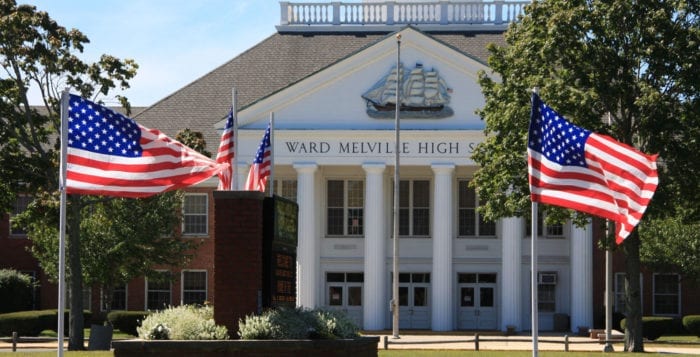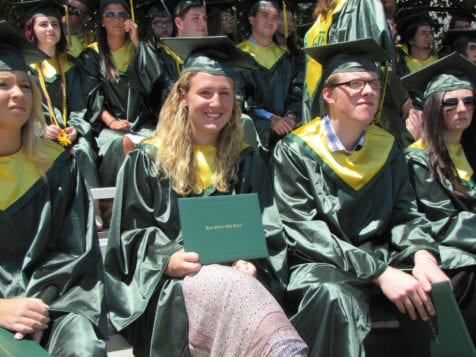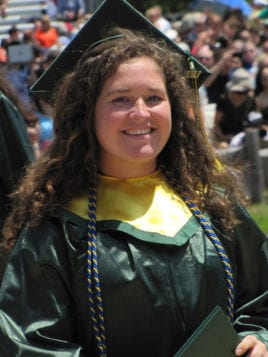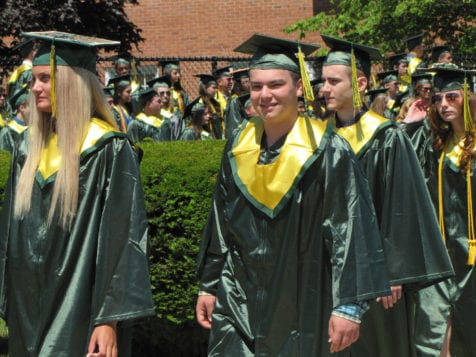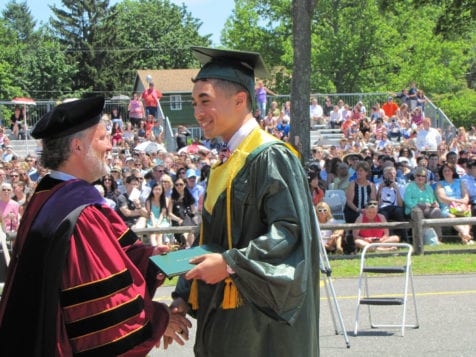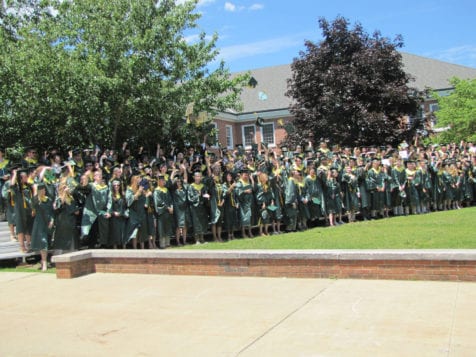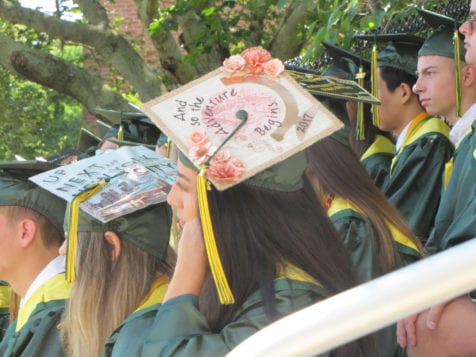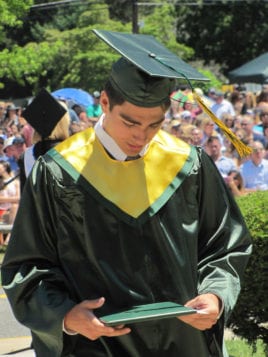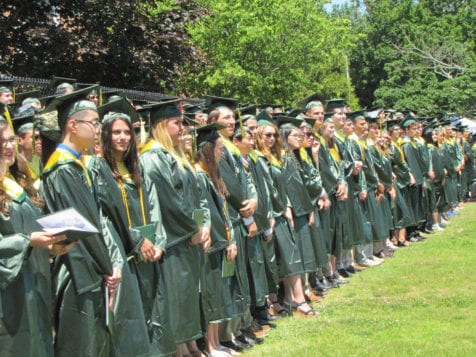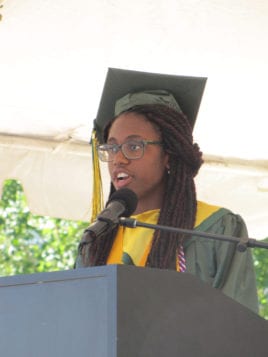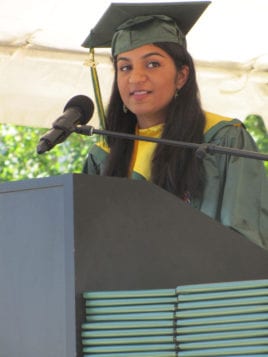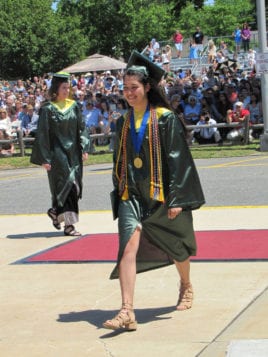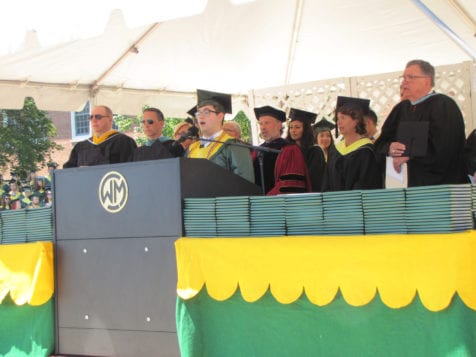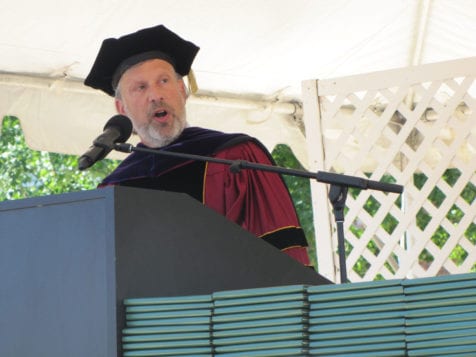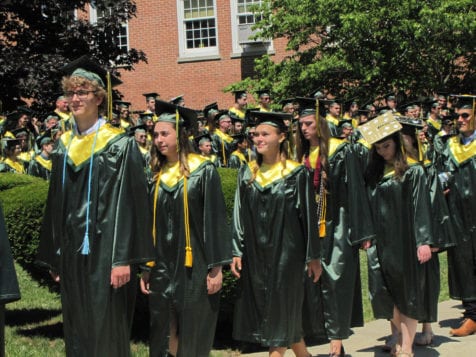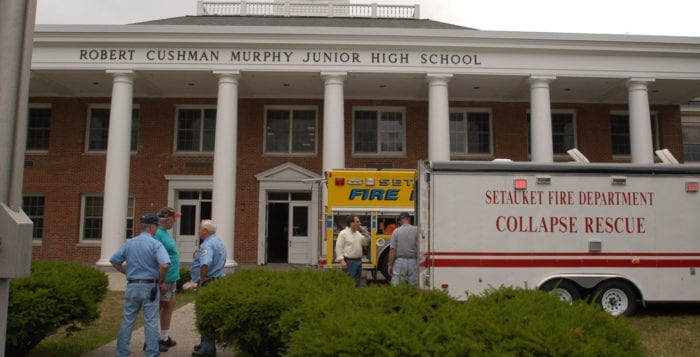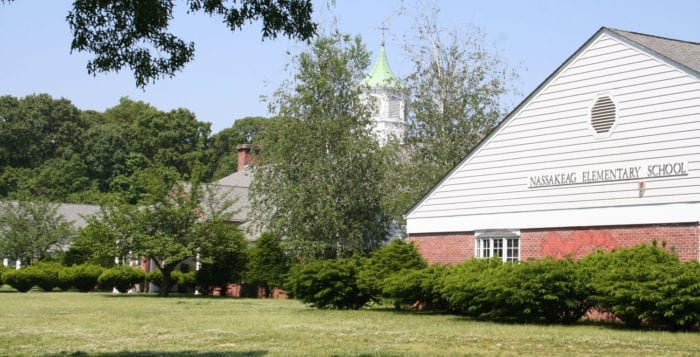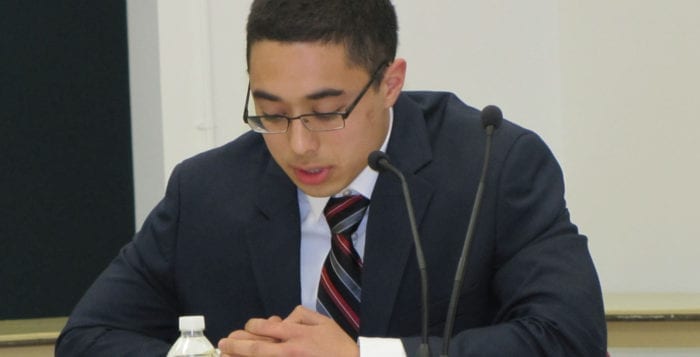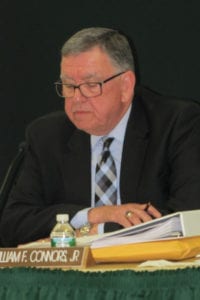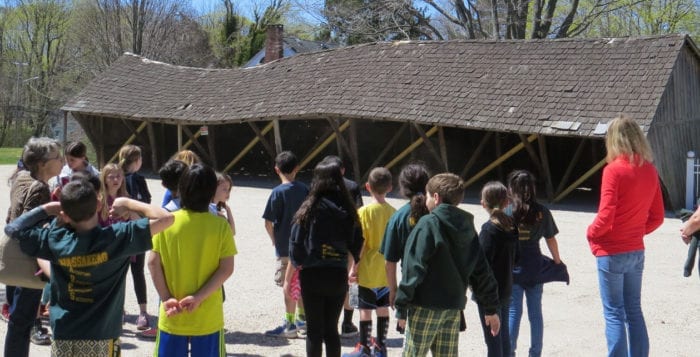Three Village school district has officially made a decision on whether or not to allow students to participate in a walkout.
Ward Melville Principal Alan Baum informed student organizers March 9 the district could not allow students to walk out March 14, according to Bennett Owens, one of the organizers. Parents were notified by the district in a letter later that day.
Students were planning to participate in the walkout held in conjunction with events across the nation honoring the 17 victims of the Marjory Stoneman Douglas High School shooting, and to call for stricter gun control laws. Parents and students were told it was a joint decision by the board of education, principal and district’s lawyer to not encourage the walkout. Owens said the main concern cited at the March 9 meeting with the principal was the district feeling it couldn’t keep the students safe during the walkout.
“My whole thing is I’m not going to not do what I believe in out of fear of someone being violent, because that’s really why we’re protesting,” Owens said, adding that he plans to walkout regardless of the district’s decision. “We’re protesting the fact that we’re not safe in school.”
At the end of the school day March 9, the school district released a letter from Superintendent Cheryl Pedisich and board of education President William Connors. Various discussions were held with students and staff to find the best ways to students participate in what has been called the #Enough movement, according to the letter.
“As a result of these discussions and with the guidance of our legal counsel, our district will not be encouraging or condoning a walkout involving students exiting the building or leaving campus,” the letter read. “We feel that this type of demonstration would not only disrupt the educational program but would severely compromise our mission to ensure building security and student safety.”
In the letter, the district also informed parents that any student who leaves the building without authorization will be asked to return to class. Parents will be contacted if their children disregard the direction, and students who are disrespectful or disorderly will be subjected to the district’s code of conduct.
As an alternate to a walkout, the district is offering voluntary activities March 14 for high school and junior high school students, according to the letter from Pedisich and Connors. There will be a moment of silence at the high school and both junior high schools. A forum moderated by instructional staff and supervised by administrators will be held in the Ward Melville auditorium for interested students to discuss issues connected to the #Enough movement. R. C. Murphy Junior High School students will have the opportunity to write letters to Marjory Stoneman Douglas students, and P.J. Gelinas junior high schoolers can gather in the gymnasium during fourth period to hear student government leaders read memoriam notes and listen to a brief music interlude.
“It is our hope that our planned activities will afford our students the opportunity to pay respects, offer reflection and appropriately respond to honor the victims of the tragedy,” the letter read.
The decision comes a week after students interested in participating in a walkout sat with Baum to discuss their plans. Both Owens and fellow organizers were optimistic, saying the principal was receptive to their ideas; suggested changing walking out of the main entrance to the gym entrance, feeling it would be safer; and said participants would not receive disciplinary action.
Owens said he was disappointed with the district’s final decision.
“I just think a walkout at 10 a.m. when schools nationally are doing it — this was the most impactful way to get our message across,” Owens said.
Owens said he and other organizers plan to continue promoting the event on the Instagram account wmhs_walkout, but will advise fellow students they may face repercussions. Planning to attend Binghamton University in the fall, Owens said he’s not worried about any disciplinary actions that may follow the peaceful walkout after seeing a post on the college’s Instagram account, binghamtonu. The university posted: “Binghamton University will not change admissions decisions for students who are involved in peaceful protests addressing gun violence.”
Stony Brook University followed a similar policy, and posted a message to its Facebook page Feb. 26. “We have received inquiries from prospective and admitted students asking us if their admissions application will be negatively viewed if they have protested,” the statement read. “At Stony Brook University, a disciplinary action associated with meaningful, peaceful participation in a protest will not negatively impact an admissions decision. We would not view it as inappropriate or lacking integrity on its face. We view every disciplinary action on a case-by-case basis.”

